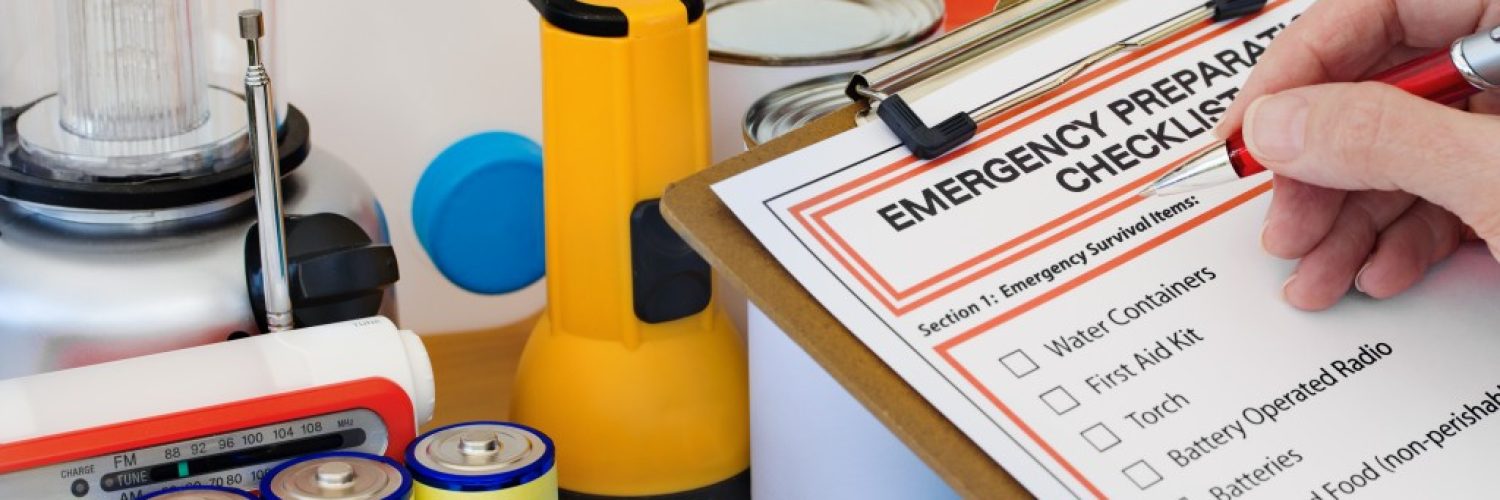Swimming is a well-rounded activity known for stimulating and making every muscle of the body work towards a common goal. It’s also an entertaining activity, especially during warmer seasons like summer. For many children, playing in water and swimming are just some of the most well-known activities that they can do. Whether it’s swimming on the beach or at the pool, almost every child wants to be taught how to swim while having fun with others.
Still, water that’s deep enough can pose a potential hazard to children since they might drown. This is even more dangerous to children that are still learning how to swim. If an emergency does arise, it’s important to know how to save a child from drowning. However, this is easier said than done, especially when most children tend to disobey rules and are willing to sacrifice much of the rules for the sake of fun.
How Likely Does Drowning Happen?
Drowning usually happens when the respiratory system will need oxygen but is submerged in water. Normally, we breathe to get oxygen into our lungs and body, but when we’re underwater, we have to restrict our breathing.
According to Murphy’s Law, anything that can go wrong will go wrong. This “tenet” has been used across a lot of organizations worldwide. It is one that has ensured the safety of a lot of individuals that are working in industrial and manufacturing facilities. The same law can be applied when it comes to the safety of children. Thus, it’s important to always be vigilant when looking at children, whether you’re a parent or a lifeguard.
Well, there’s no exact data regarding the probability of how likely drowning can happen. Still, based on the World Health Organization’s data and information on how many drown per year, there are around 300,000 cases. This makes drowning one of the top leading causes of death among younger individuals and children around the world. It’s also one of the main causes of deaths related to injuries in children, around the ages of one to five years of age. Some injuries that happen during drowning include muscle cramps and cuts from sharp rocks.
How Do Save Someone from Drowning?
Contrary to popular belief, you don’t necessarily need a deep pool for drowning to happen. It can happen to children playing in a pool that has well over five centimeters of water. Here are some ways of saving a child from drowning:
- The child won’t drown if they’re simply if out from bodies of water. If your home is situated near the beach or any body of water, you might want to ensure that your home is well-fenced so that your child won’t wander off into these bodies of water. You’ll also need to ensure that your fences are sturdy enough to withstand strong winds and soaking especially if it’s close to these bodies of water. Fortunately, there are high-quality top-of-the-line aluminum fences that you can use to ensure that your children are away from these bodies of water.
- First aid should be done to increase the likelihood of the person surviving the drowning while someone does call 911 and any emergency services in the area.
- A part of how you’ll be saving a drowning child is checking whether they are breathing. You will need to open the child’s air pipe and tilt their head that their chin is elevated. With your ear, listen if they are breathing.
If they aren’t breathing, you can do the following:
- For children that are just well under one year old, you can put your mouth on the child’s mouth while giving two breaths. Each time your breath should last you around 0.5 seconds each. As you do this, watch their chest if it’s moving up-and-down.
- For over one year of age, you can pinch the nose and breathe into their mouth with two long breaths compared to just quick successions. Each breath should last around two seconds each.
If there is no chest movement, you will need to try again and realign the head. Repeat the different cycles of breathing.
Start Checking the Pulse

This is also another essential part of saving someone from drowning. You’ll need to check the person’s pulse by placing two fingers beside the person’s neck, specifically close to Adam’s apply since the largest vein is here. For those below a year old, you can feel the inside of the arm right below the shoulders and elbows and wait for at least five seconds.
- If you do feel a pulse, supply a breath with 3-second intervals. Check for your pulse every minute and give breaths until it’s normal now.
- If there is no pulse of children at least a year old, position your hand on the center of the chest and place two fingers below the center. Do around five fast compressions on the chest, then placing your mouth over the child’s mouth and nose and give at least one breath.
- If the child is over a year of age, you can use your hand’s palm (heel) to apply five compressions between the breastbone, just right above the ribs’ junction. Pinch the child’s nostrils and breathe through their mouth with one full breath.
Continue this cycle of giving breaths and chest compressions. Alternate between checking the pulse and repeat the process until you find a pulse and when authorities arrive to administer professional help.
The bottom line? Safety and prevention are better than having to get yourself in an emergency. When you know the basics of CPR, you’ll know how to save someone from drowning. Although this doesn’t happen all the time, it’s best to always be prepared rather than not being prepared at all.

